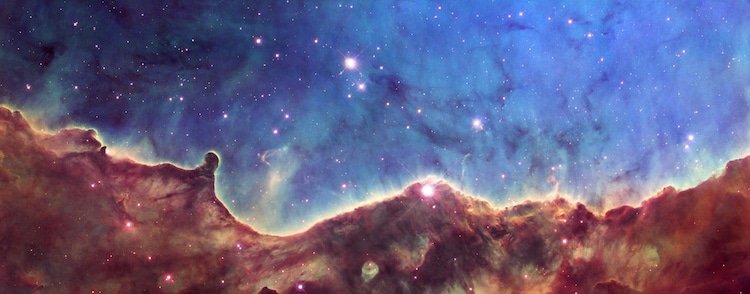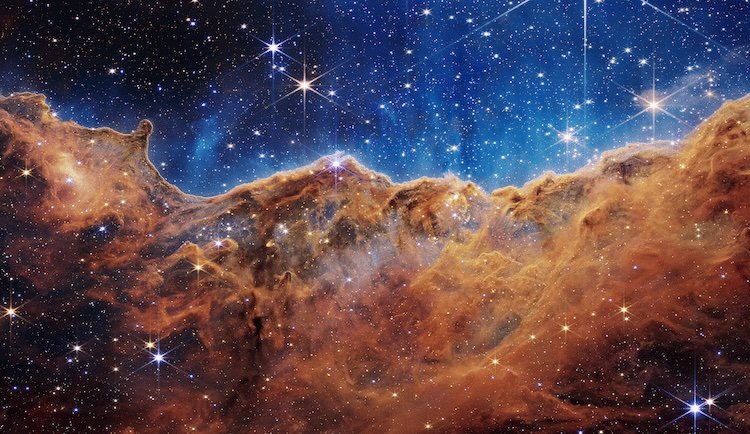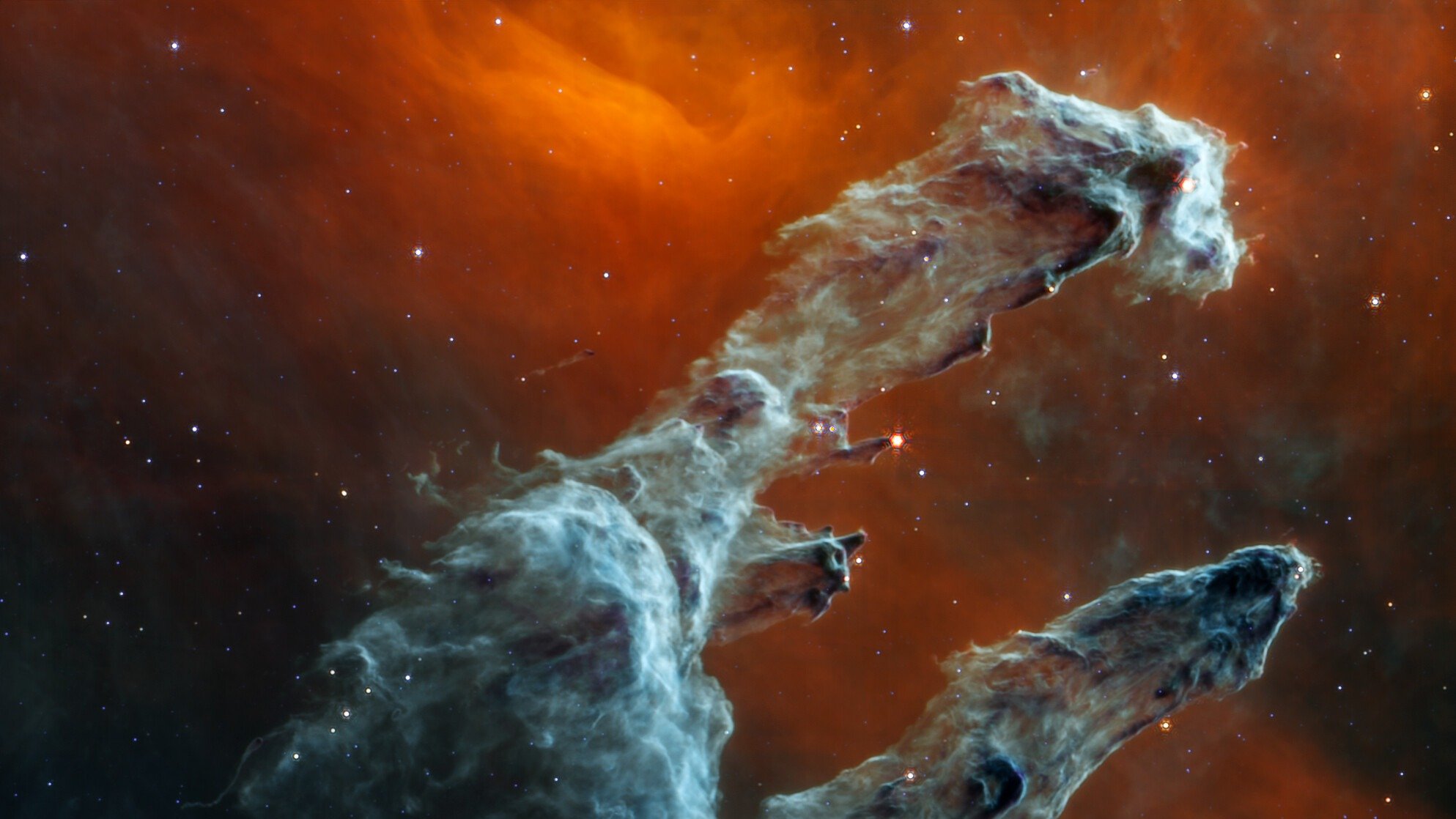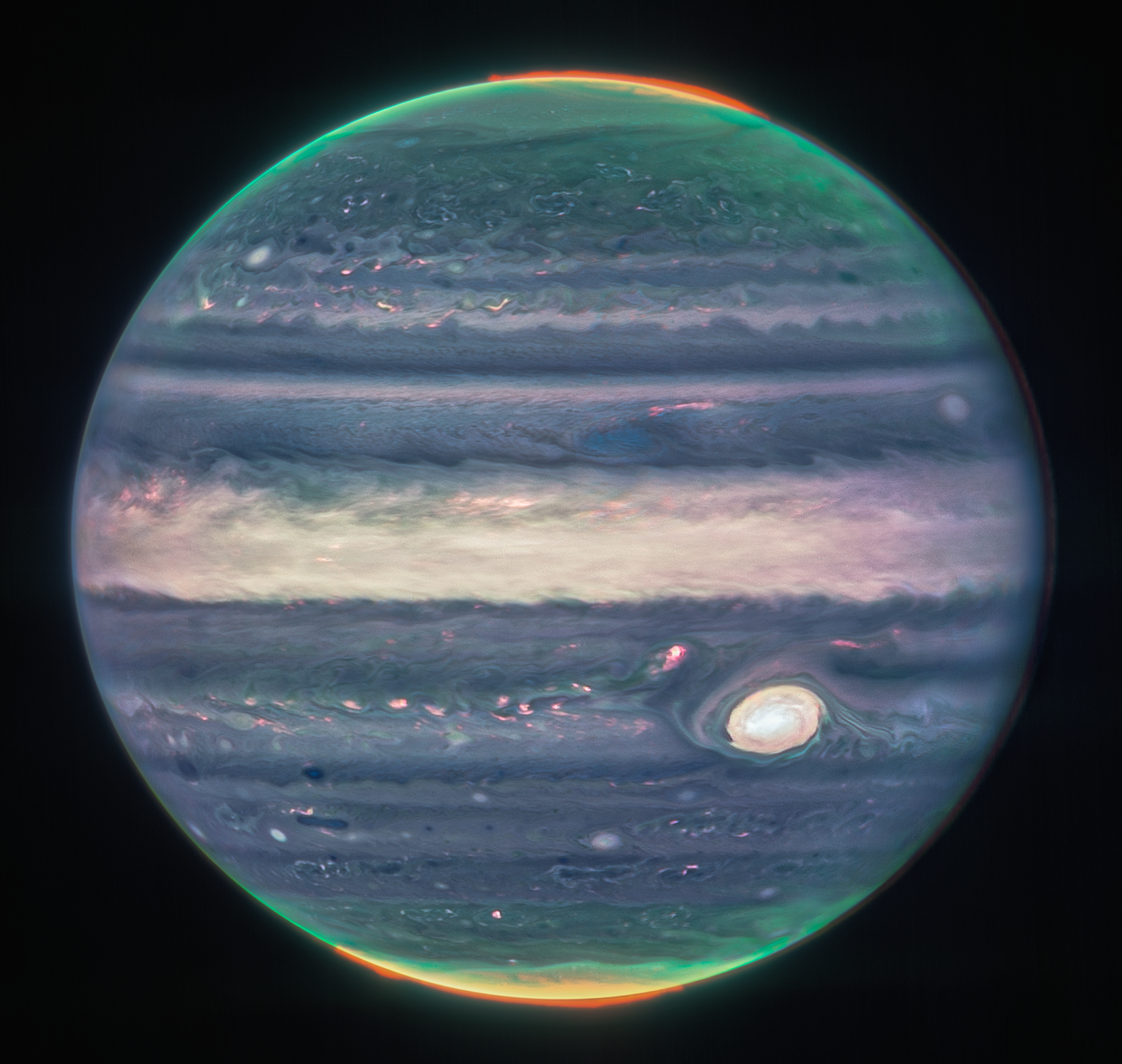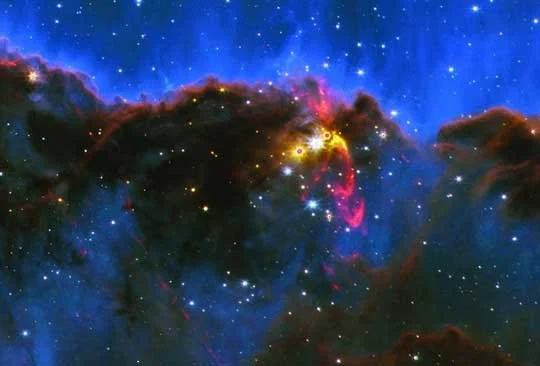TO INFINITY AND BEYOND: HOW THE JAMES WEBB SPACE TELESCOPE REVOLUTIONIZES OUR UNDERSTANDING OF THE COSMOS
WHAT’S WAITING TO BE EXPLORED IN SPACE?
Soaring a million miles above Earth1, the James Webb Space Telescope (JWST) is our largest and most powerful observatory ever built. Following the likes of the Hubble Space Telescope, it aims to explore the universe in the most intricate ways possible, ranging from potentially habitable exoplanets to early galaxy formation to the Big Bang.
Since its development began in 1996, JWST’s launch was delayed almost two decades. Its estimated launch year was 2007, but due to cost overruns, the COVID-19 pandemic, and technical challenges, it was not until December of 2021 that the telescope was finally launched into space. As a result of this cautiousness, its launch was an immense success, doubling the telescope’s maximum lifetime from a maximum of 10 to 20 years2.
The first of JWST’s photos were released to the public on July 12th, 2022, with its photos becoming well-known for their clarity and beauty. But outside of just the aesthetic, wallpaper-worthy photos, JWST’s scientific importance cannot be underestimated. JWST peers into the early universe, redefining our place in the cosmos and revealing the origins of our planet, galaxy, and beyond.
Figure 1. (Left) Hubble image of the Carina Nebula 3 , a birthplace of stars. (Right) One of the first JWST photos 3 released to the public, which shows the same nebula. By viewing the nebula in infrared light, which is not obscured by dust, more of the younger stars can be visible.
JWST AND ITS MISSION GOALS
The James Webb Space Telescope observes in the infrared spectrum, which makes it different from visible light telescopes like Hubble. This decision was intentional, as infrared light can pass through dust and gas that block visible light 4 . Another reason for this choice is due to red-shifting as the universe’s expansion moves interstellar objects away from us. This stretches out light, which makes the objects appear redder. In the distant universe, most light has been stretched beyond the red of our visible spectrum and into the infrared, so JWST can peer deeper with this new spectrum of exploration 5 .
Figure 2: Benefits of studying the universe in the infrared, which include peering through dust and observing red-shifted light of the early universe5.
Due to the finite speed of light, light from interstellar objects that are billions of light years away take billions of years to reach us on Earth. As a result, when we peer back almost 13.5 billion light years away using JWST, we will be able to observe the first galaxies and stars being formed from the early universe 6 . Through its infrared sensitivity, the telescope can see the faintest and earliest galaxies and look through the dust of early star-forming regions to see how planetary systems develop. But even in our local universe, JWST carries tools to measure the spectrum of exoplanets, planets outside our Solar System, which allows us to examine their atmospheric composition for life’s building blocks. Similarly, these tools will be used to examine organics in Mars’s atmosphere and the composition of gas giants and asteroids.
A COLLECTION OF JWST’s RECENT DISCOVERIES
Since its launch, JWST has been releasing regular photos to the public, from the spooky “Pillars of Creation” during Halloween to Jupiter’s shining auroras in the summer 7 . Each photo sheds light on different areas of exploration that have amazed the scientific community. It would be impossible to describe all of JWST’s discoveries from the past year, but here are a few that may pique your interest.
Figure 3: (Left) JWST’s photo of the Eagle Nebula’s “Pillars of Creation” was released in time for Halloween and peers through the thick gas for a sharper, brighter image of its stars7. (Right) Jupiter’s auroras light up its poles in this JWST image from August, which draws questions regarding similar phenomena for the Solar System’s gas giants7.
ANALYZING THE CHEMICALS OF AN EXOPLANET’S ATMOSPHERE
In November 2022, JWST was the first device to create a molecular and chemical profile of an exoplanet’s atmosphere. It was able to identify sulfur dioxide as a component and was the first to observe active chemical reactions triggered by starlight 8 . The chemicals found on the exoplanet revealed its origin, where several small rocky bodies merged to create the exoplanet’s unique composition. The success of these observations demonstrate JWST’s capabilities to search for signatures of habitability on exoplanets, and even implement these same techniques to explore the origins of the Solar System.
Figure 4: JWST’s spectrum of WASP-39b’s atmosphere reveals a diverse collection of chemicals, including starlight-produced sulfur dioxide9.
QUESTIONING OUR EARLY GALAXY FORMATION THEORIES
On a larger scale, JWST has revealed an “undiscovered country” of early galaxies from 13.8 billion years ago, just a few hundred million years after the Big Bang 10 . This discovery has shocked astrophysicists, as these surprisingly massive galaxies are forming stars much earlier than expected 11 —when the universe was one hundredth of its current age. As a result, JWST’s findings are already re-shaping our current models of galaxy formation, suggesting that these galaxies must have many low-mass stars or fewer bright stars. Further observations could reveal more on whether these theories are correct and what other mysteries can be unveiled about the early universe.
Figure 5: The two most distant galaxies were found in the boxes from this JWST image10.
Figure 6: Colored in red from this false-colored JWST image, shocks of molecular hydrogen are swept up from newborn stars in the Carina Nebula 13 .
This is just the tip of the iceberg for the discoveries that JWST has made, with more yet to come through scientific publications and NASA press releases. But across the broad range of astrophysics, the James Webb Space Telescope is one of the most exciting instruments to be launched in our era of space exploration.
Within the first year of its launch and within the few months since its first photos, we’ve made revolutionary discoveries about the development of our early universe and even the atmospheres of planets light-years away. With the many questions that remain regarding the universe’s origins and current phenomena, the next few decades with JWST could finally provide us the answers we need to truly understand where we belong in the cosmos.
This is just the tip of the iceberg for the discoveries that JWST has made, with more yet to come through scientific publications and NASA press releases. But across the broad range of astrophysics, the James Webb Space Telescope is one of the most exciting instruments to be launched in our era of space exploration.
Within the first year of its launch and within the few months since its first photos, we’ve made revolutionary discoveries about the development of our early universe and even the atmospheres of planets light-years away. With the many questions that remain regarding the universe’s origins and current phenomena, the next few decades with JWST could finally provide us the answers we need to truly understand where we belong in the cosmos.
REFERENCES
- “Orbit - Webb/NASA.” Webb.nasa.gov, webb.nasa.gov/content/about/orbit.html.
- Fox, Karen. “NASA Says Webb’s Excess Fuel Likely to Extend Its Lifetime Expectations – James Webb Space Telescope.” Blogs.nasa.gov, 29 Dec. 2021, blogs.nasa.gov/webb/2021/12/29/nasa-says-webbs-excess-fuel-likely-to-extend-its-lifetime-expectations/.
- Stewart, Jessica. “Comparing the Webb and Hubble Telescopes Side by Side Will Leave You Astounded.” My Modern Met, 13 July 2022, mymodernmet.com/hubble-webb-comparison/.
- Royal Museums Greenwich. “The James Webb Space Telescope vs the Hubble Space Telescope.” Www.rmg.co.uk, 2022, www.rmg.co.uk/stories/topics/james-webb-space-telescope-vs-hubble-space-telescope.
- European Space Agency. “Why Study the Universe in Infrared?” Www.esa.int, 6 Jan. 2021, www.esa.int/ESA_Multimedia/Images/2021/06/Why_study_the_Universe_in_infrared.
- Garner, Rob. “James Webb Space Telescope Science.” NASA, 19 Feb. 2015, www.nasa.gov/mission_pages/webb/science/index.html.
- Howell, Elizabeth. “NASA’s James Webb Space Telescope Mission: Live Updates.” Space.com, 11 Jan. 2022, www.space.com/news/live/james-webb-space-telescope-updates.
- Brennan, Pat, NASA's Exoplanet Exploration. “NASA’s Webb Reveals an Exoplanet Atmosphere as Never Seen Before.” Exoplanet Exploration: Planets beyond Our Solar System, 22 Nov. 2022, exoplanets.nasa.gov/news/1715/nasas-webb-reveals-an-exoplanet-atmosphere-as-never-seen-before/.
- Rehm, Jeremy. “NASA’s Webb Telescope Reveals an Exoplanet Atmosphere in “Once Impossible” Detail.” JHUAPL, 23 Nov. 2022, www.jhuapl.edu/NewsStory/221123-nasa-james-webb-space-telescope-reveals-exoplanet-atmosphere-in-striking-detail. Accessed 26 Dec. 2022.
- Carter, Jamie. “It’s Official: Webb Telescope Made a “Staggering” Discovery a Day after Being Switched-On.” Forbes, 19 Nov. 2022, www.forbes.com/sites/jamiecartereurope/2022/11/19/its-official-webb-telescope-made-a-staggering-discovery-a-day-after-being-switched-on/?sh=33ff069d1f63. Accessed 26 Dec. 2022.
- Ferreira, Paula. “How JWST Is Showing Us the Earliest Galaxies in the Universe -- and Challenging Our Current Theories.” ZME Science, 1 Sept. 2022, www.zmescience.com/other/feature-post/how-jwst-is-showing-us-the-earliest-galaxies-in-the-universe-and-challenging-our-current-theories/. Accessed 26 Dec. 2022.
- Adkins, Jamie. “NASA’s Webb Unveils Young Stars in Early Stages of Formation.” NASA, 14 Dec. 2022, www.nasa.gov/feature/goddard/2022/nasa-s-webb-unveils-young-stars-in-early-stages-of-formation.
- Boyd, Jade. “Webb Space Telescope Reveals Previously Shrouded Newborn Stars.” Rice News | News and Media Relations | Rice University, 16 Dec. 2022, news.rice.edu/news/2022/webb-space-telescope-reveals-previously-shrouded-newborn-stars.


